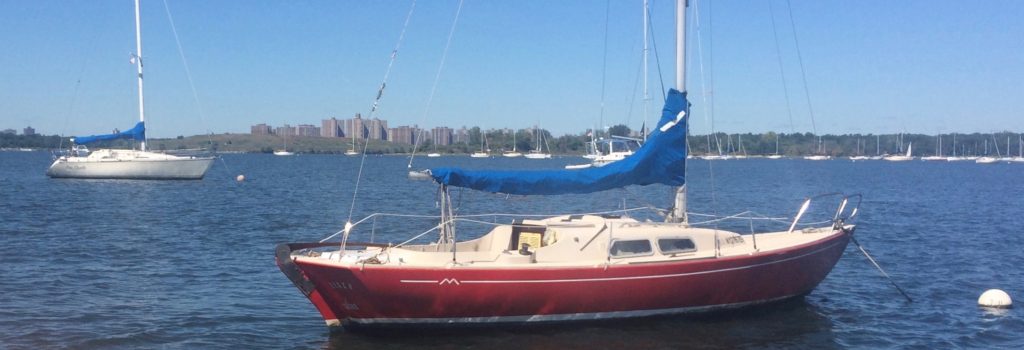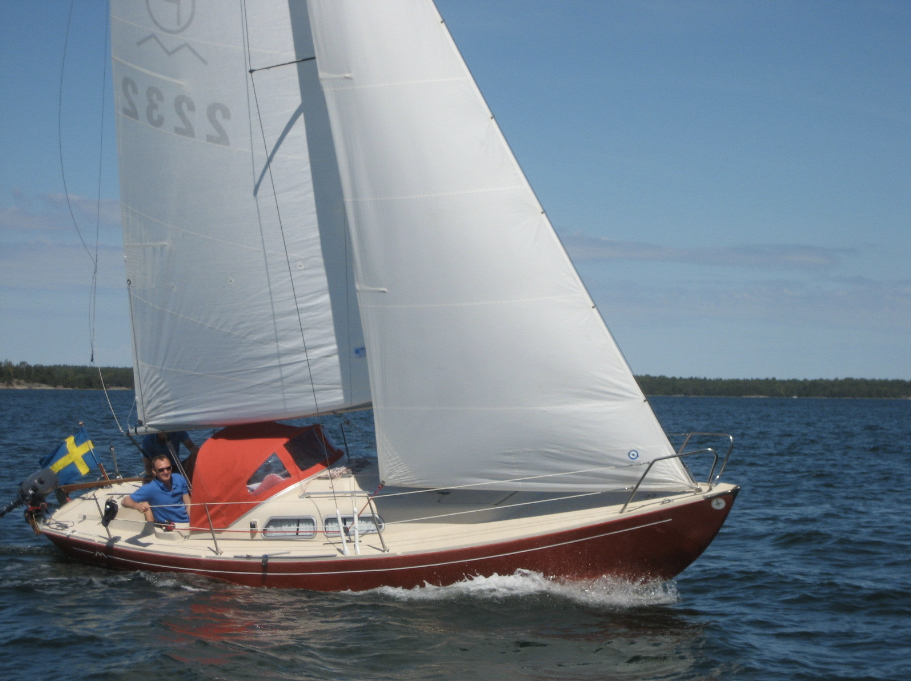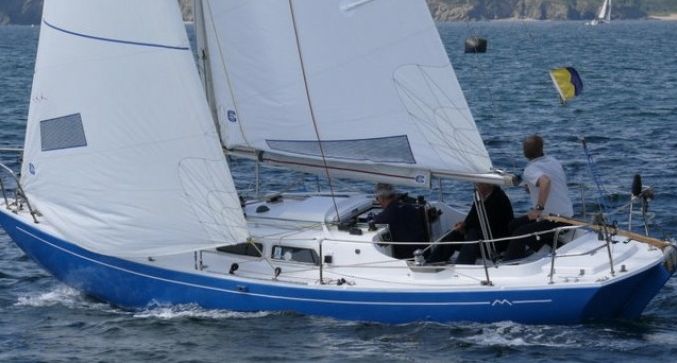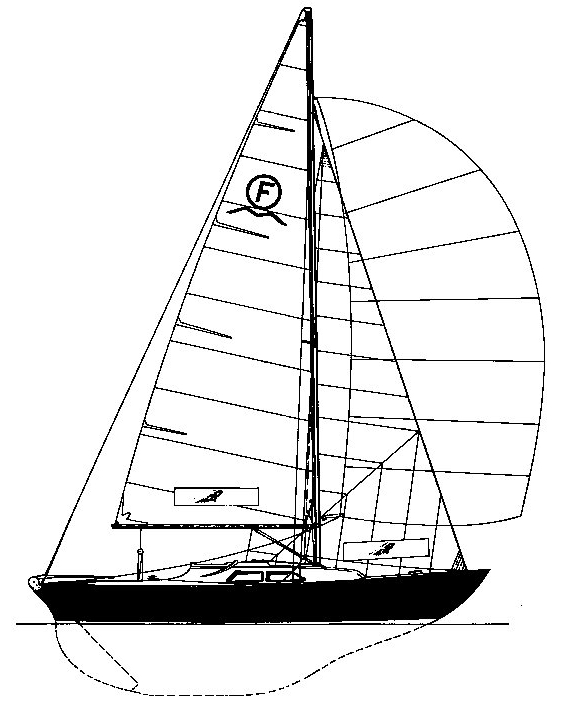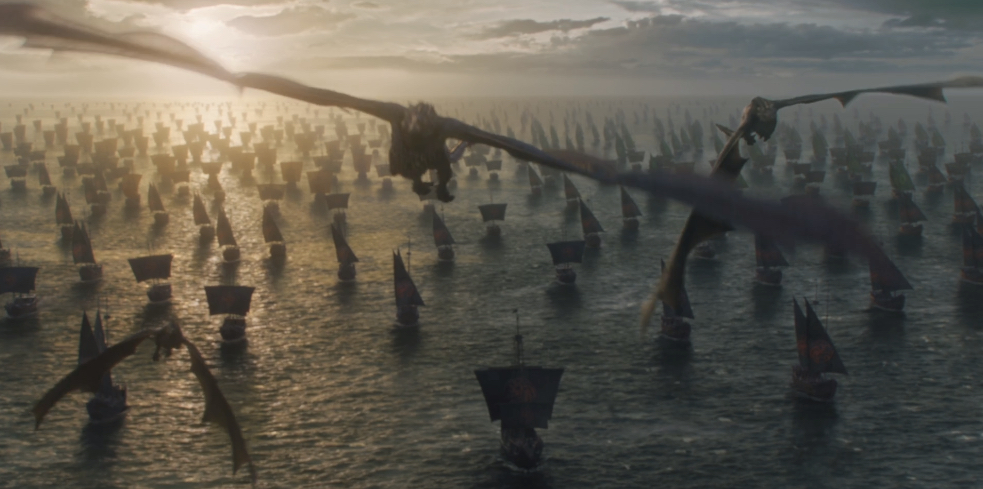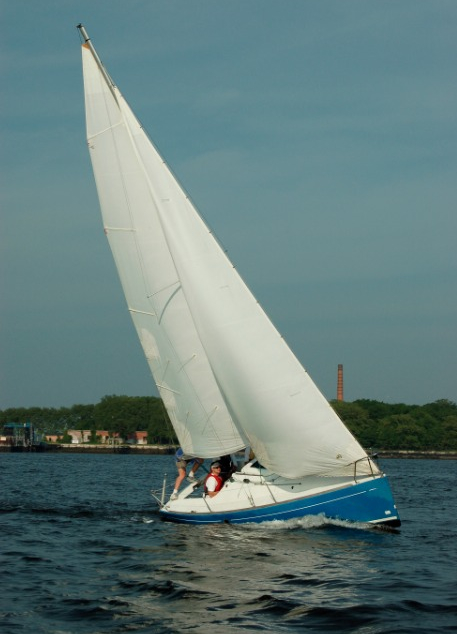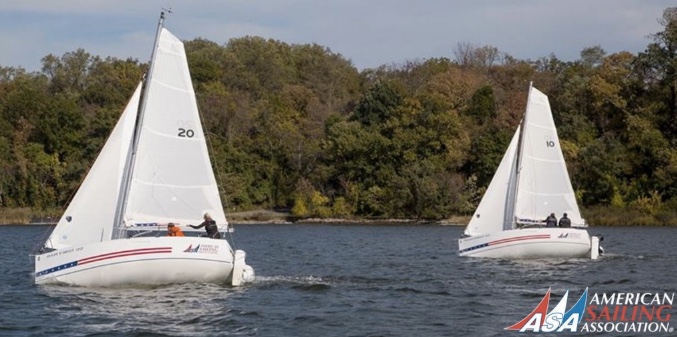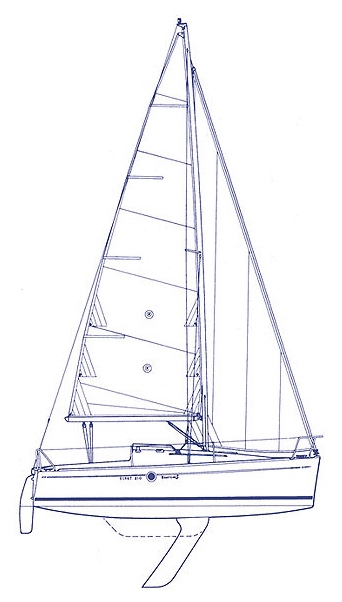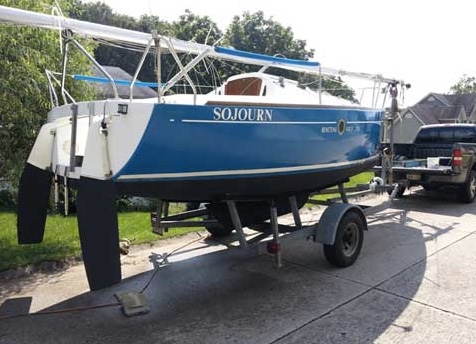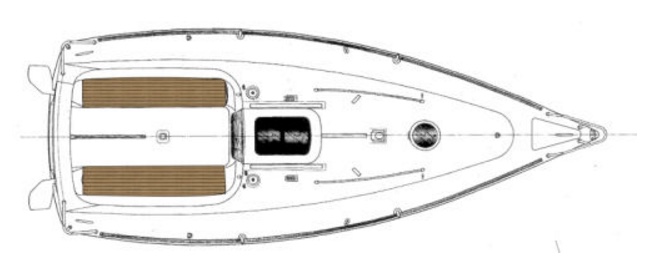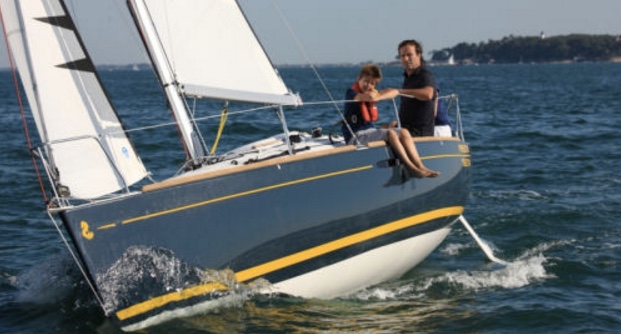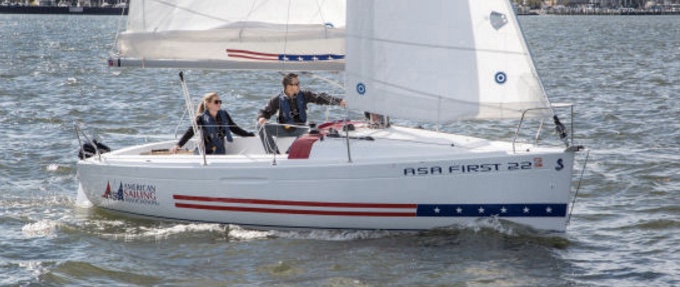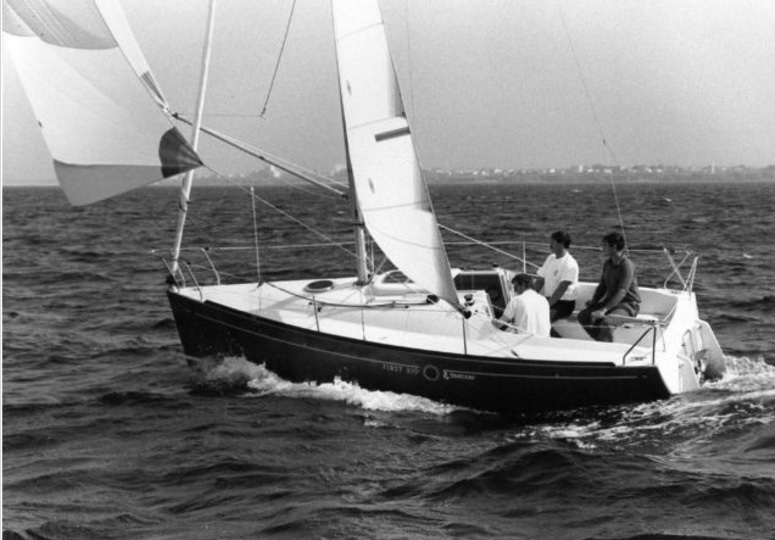Our Director reminisces about Olympic sailing class boats he’s raced, and how it helps teach you how to sail and learn to sail better.
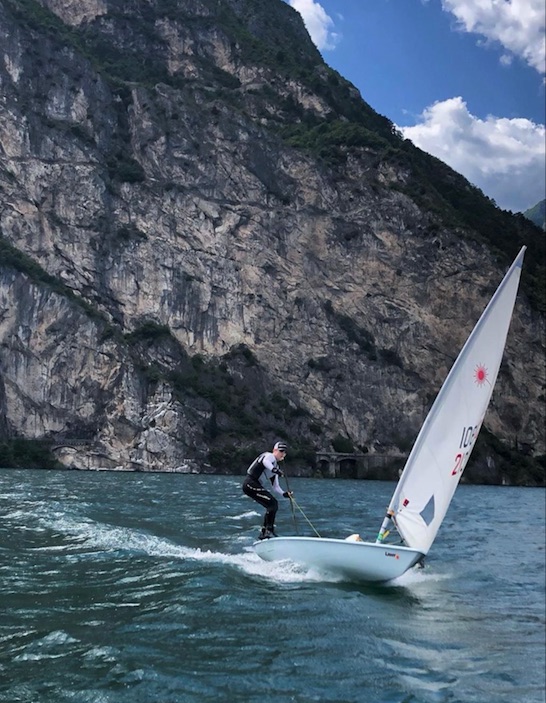
I’ve been at this for awhile. I started sailing as a small boy aboard whatever my parents were on, and sometimes boats that just my Dad and I were aboard. We were both relative latecomers to one thing: sailing dinghies. He started WAYYY late, and I started somewhat late (at 15). Some of my fondest memories are of the two of us on separate Dyer Dhows in the Mamaroneck Frostbiting Association winter series. I sailed ‘Dyer Straits;’ he joined the next season on ‘Apocalypse Dhow.’ We had mixed race records, with a modest rate of success (i.e, staying in A Division and taking home some plaques and platter) But we hands-down had the best punny names for our Dyers.
But, I digress. Apparently, yesterday was Olympics Day! I figured it out on my Insta feed. I’ve followed Olympic sailing to some degree for decades. While I never competed at the national or world level, I did compete to one degree or another in three different Olympic classes:
- Laser
- Soling
- Star
Sadly, I can’t find a single photo of me in any of those boats. There’s a great shot of me sitting on the rail of my capsized Laser in between races off City Island one day. In between races, one could sail by the committee boat and ask for a can of Coke. I flipped my boat so I could just relax with my feet on the daggerboard sipping my soda while others wasted energy sailing around for no reason. I won the regatta that day. I lost the photo. But, temporarily; it’s somewhere in family photo records.
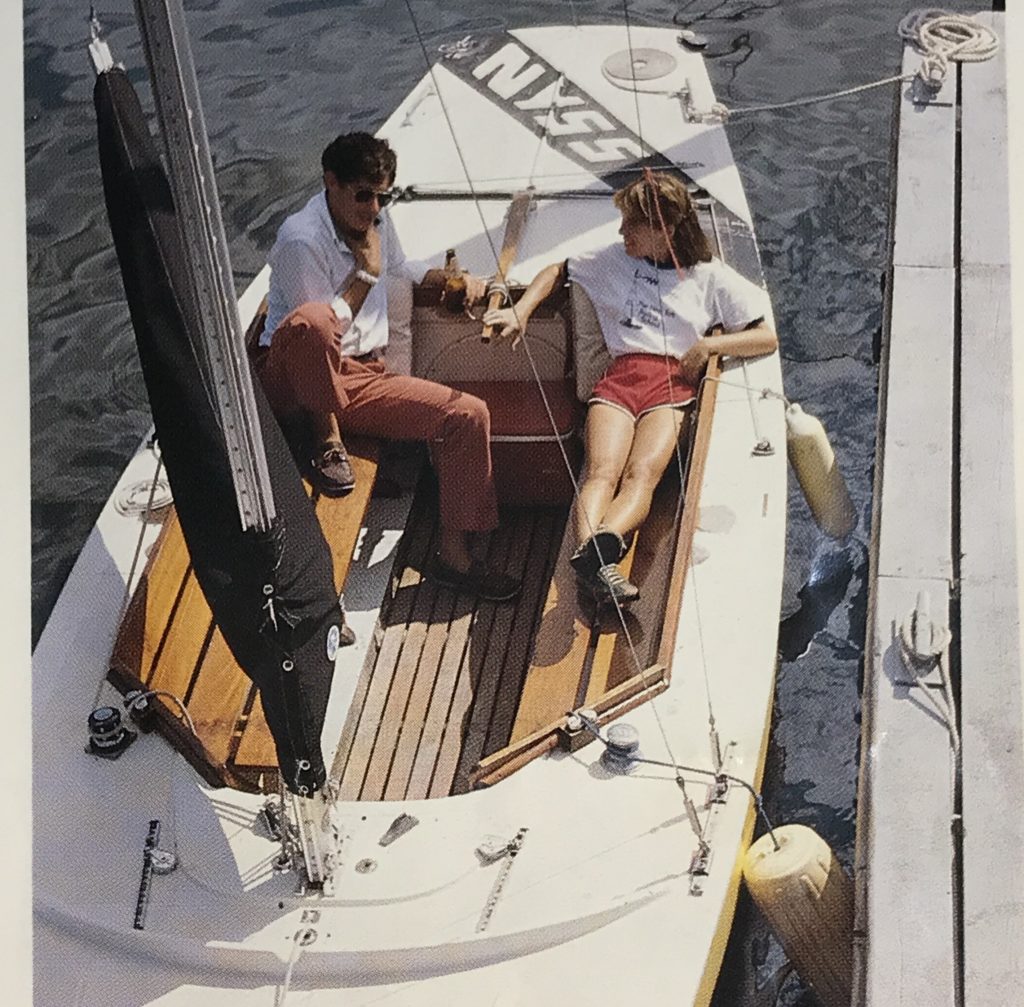
The Soling came first, as it was the teaching boat used at our family’s first sailing school (NYSS, or New York Sailing School). Dad sold that school in the winter of 86/87, and I started mine in the fall of 1997 with classes underway in the spring of ’98.
The Soling is a truly elegant, pedigree little yacht. 27 feet of purity and grace and zero creature comforts. It’s a racing machine, straight up. Yet, it’s fun to day sail and a surprisingly good teaching boat. However, the lack of seating, lifelines, etc and the wet nature of the boat really interfered with instruction and learning. So, when Dad found a better alternative, he took that tack away from the fleet of other schools.
I mostly raced Solings at the school. We had a Tuesday night series in the summer. No, not really very competitive – but still, super instructive as it was repetitive short-course racing with tight starting lines and put a premium on tactics and boat handling. And, we used spinnakers. My favorite was a solid black chute with a stark white steer skull in the middle.
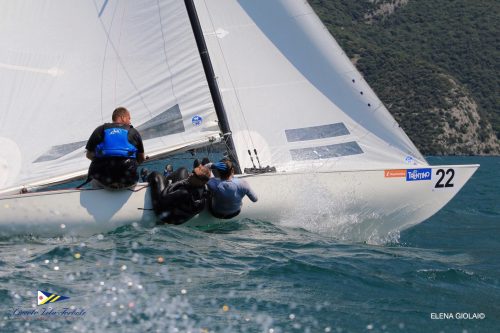
The highest level I raced a Soling? The East Coast Championships one fall out of Stamford Connecticut. I was crewing, not skippering. Perennial class champ Hans Fogh of Canada was the skipper to beat that time. We didn’t. Windy couple of days; I spent much of it hiked out over the side in the manner shown in the photo above.
The Soling was an Olympic class for quite awhile. Two veteran American racers who did well in Solings were Dave Perry and John Kostecki; Perry also excelled in the Laser. One of the best sailboat racers in history, Robert Scheidt of Brasil, won 5 Olympic medals combined in the Laser and the Star: 2 gold, 2 silver, and a bronze. Only man to win Olympic medals in both dinghy and keelboat classes. Hmmmmm….
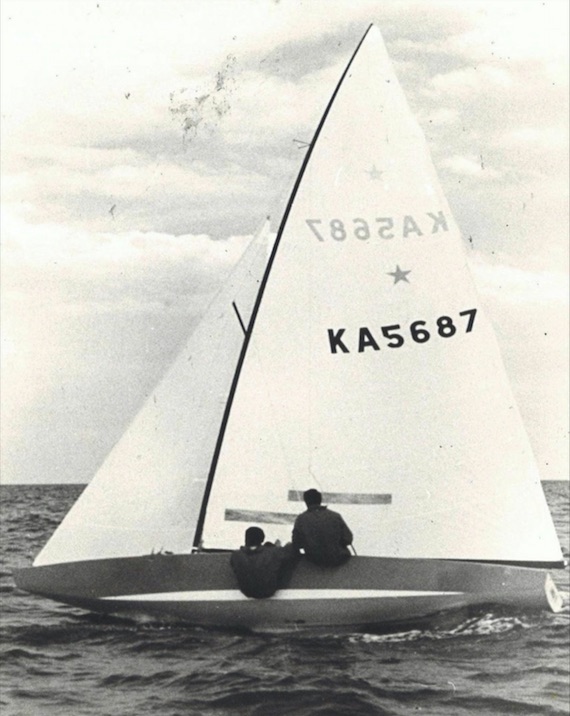
Then came the Star. The Stuyvesant Yacht Club on City Island, which was around from the late 1800’s, had a nice fleet of these sloops stored on trailers which they dry sailed by lowering and hoisting on a dedicated lift. I was invited to crew on a couple of occasions for Sunday afternoon racing. We had light winds, so it wasn’t too exciting – but it was fun and tactical. No spinnaker, so easier to shift gears on shifting winds in an instant and focus the whole time and tactics and strategy.

The Star was in the Olympics for some time. It was the 2-person keelboat. One crew hikes over the side when needed; both sailors need to be decently sized to hold that boat down. It’s work. While no longer in the Olympics, the boat is still super competitive and used in series including the Bacardi Cup in Miami and the Star Sailors League Invitational regatta. Dennis Conner of America’s Cup fame was a world champion in the Star before he got involved in the Cup.
Next: the Laser, which came later to the Olympics but was already one of the world’s most widely sailed boats and is now the most. It’s a singlehanded performance dinghy with one sail (cat boat or uni rig), with three choices of sail size.
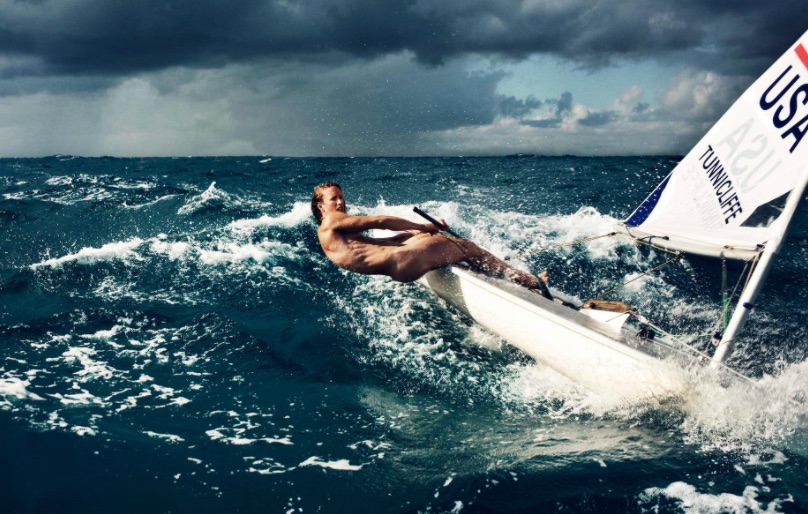
I started sailing these in the early 1980’s and raced them for a few years in the NYC/Long Island district of the Laser Class Association. I also qualified for the Empire State Games once and drove my Laser atop my Pontiac Ventura Hatchback up to Syracuse. I was only about 118 pounds soaking wet, and raced a full rig – but as we’re in a light wind region here, I got away with it. The one time I actually won a regatta saw 15-20 with some higher gusts, but some of the better racers in that district didn’t attend. But, I sailed hard and beat larger sailors. First race: chose not to jibe on the screaming reach to the jibe mark. I did a ‘chicken jibe:’ I lowered the board, spun around in a tack, and continued. The guy I was basically fighting the whole day for 1st place? He kept it real and jibed. He flipped. I won the regatta by a hair and his capsize spelled the difference.

So, sailing on some Olympic classes paid off. First, it made me a better sailor. Second, it made me better understand how boats relate to teaching beginners and intermediates. Our family started teaching on the Olympic Soling in 1968. Since then, we’ve used three more designs for teaching beginners, in this order:
- J/24, in late 70’s (immediately abandoned and returned to Solings)
- Sonar in 1980 or thereabouts, continuing until NYSS sold;
- Beneteau First 21 with my new school in 1998
I could have gone out and bought a fleet of Solings, Sonars, or especially J/24’s to make a cheap fleet. You get what you pay for. Spare parts for our Beneteau First 21 sloops typically exceed the purchase price of a cheap used J/24 and often that of a Sonar. I leave that for the multitudes of other schools that don’t know or don’t care.
Our Beneteau First 21 sloops have an enviable distinction: they’re the only sailboat design ever endorsed by a national sailing school organization such as ASA or US Sailing. The First 21 is the same boat as the Beneteau 22 and the ASA First 22. What’s the only difference between them? The ASA First 22 had a longer cockpit and smaller cabin. It’s the same exact hull, keel, twin rudders, mast, etc. The only real difference is the cockpit to cabin ratio. The Beneteau models have plenty of room already, so no problem there. Guess we got it right in 1998!
Here’s a couple sailing one back to our moorings on a windy day. This couple has a fair amount of experience: both raced J/24’s in NY Harbor; both sailed J/105’s. He did a Transatlantic! Also grew up cruising Maine. She did two levels of ASA courses in NY Harbor as well as an offshore delivery from Florida to New York.
Guess which Club they belong to now, and what their current favorite boat is? It’s ours – what many European sailors call the Baby Ben…
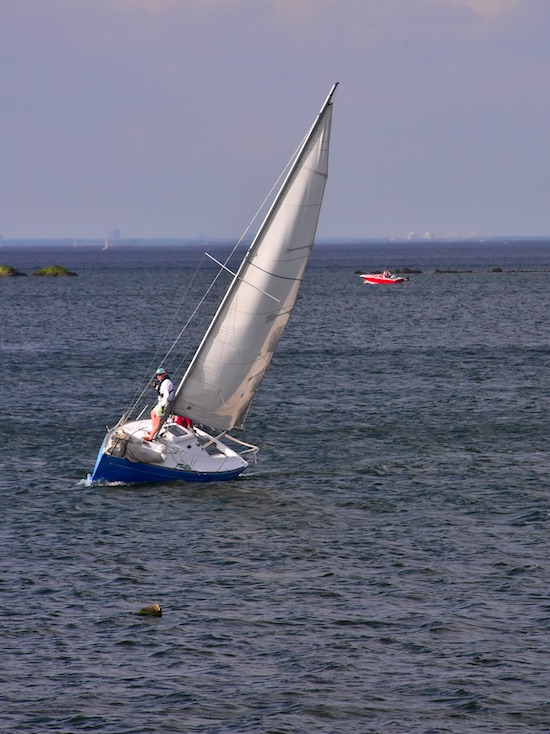
“At NY Sailing Center, we know a thing or two because we’ve sailed scores of boats, not just a few… including 3 Olympic classes.”
Captain Stephen Glenn Card, Director and HBIC (Head Bozo in Charge).
